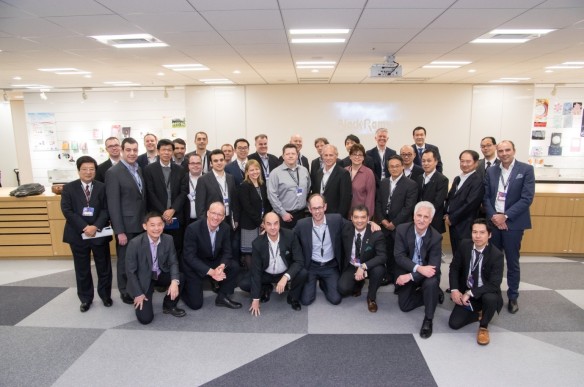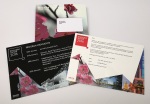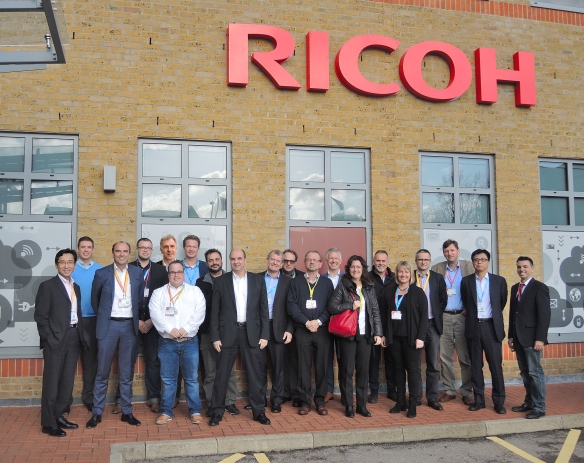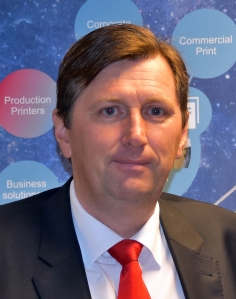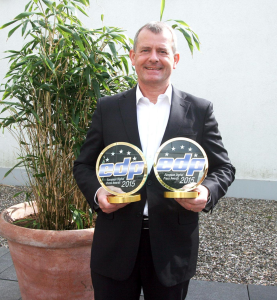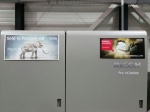It’s Monday 8:30 AM, the day’s print production has not even started and you have just got that call that you dread. Your sales rep has called you to tell you that a reshuffle at your biggest corporate client has meant that your purchasing contact has left.
The organisation has brought in a new purchasing manager and now they want to switch all of their corporate print to their supplier of choice. Now it seems that no new business is likely to come your way.
This is potentially a nightmare scenario for printers; you can lose a big corporate client without any warning or time to consider the impact on your business – or have an opportunity to fight your corner.
Most Print Service Providers do not have a relationship with their clients’ management that influence the overall marketing strategy. Instead they communicate with a print buyer not a marketer – and this is the fundamental issue in the above scenario.
Digital first can mean print last
These days many marketers have a digital first strategy, where most of the marketing team’s focus and energies goes into digital communications. Print can be seen as a low priority item.
Unfortunately this means that the Print Service Provider (PSP) is seen by many marketing executives as a commodity, providing something that can always be done cheaper by someone else, and switched without any real impact on their day to day business.
This is why in many cases print is managed by purchasing and not marketing. So how does a PSP start to influence beyond the purchasing department?
How can a Print Service Provider start influencing marketing executives?
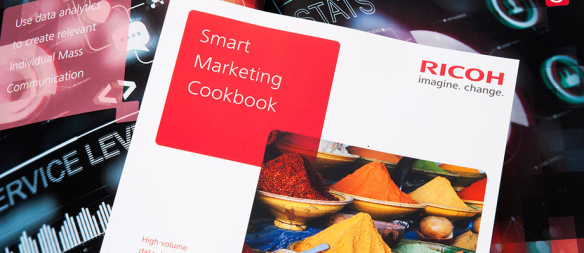
First, offer great personalised print
Providing personalised and relevant content is a growing requirement for marketing as it is proven to drive response rates – and is therefore a great opportunity for the PSP to offer added value to their corporate clients via personalised printed collateral.
Adding links to enable interactive content that bridges offline and online media via QR codes, Personal URLs (PURLs) and visual search technology (such as Ricoh’s Clickable Paper) help to ensure that print can enable and link to other aspects of a wider digital marketing strategy.
Second, add value
There is also a huge amount of other corporate assets that need to be created as part of marketing communications. For instance, signage and display, videos, digital assets, etc.
You may well wonder how the PSP can add value here. Helping the brand manage all of this, as well as the printed piece, is the key part of moving from a print only based supplier to becoming an integral part of your client’s business.
Third, enable controlled customisation
Customisation of assets to make them relevant for a local market is a growing requirement for a corporate brand.
Typically local agents and franchisees want to adapt collateral supplied from central HQ Marketing to make it relevant for their local market or customers. However, enabling asset customisation whilst protecting the brand is a major challenge for most corporates and there is not an easy solution.
Helping to manage the brand
In summary, there are major opportunities for Print Service Providers to help Corporate clients, but it has to go beyond print alone and start to help them solve the everyday issues they face in managing and protecting the brand.
Managing and protecting the brand is a key issue for the Chief Marketing Officer (CMO) or brand manager. It is vitally important to ensure that the brand is presented and protected across all of the collateral, campaigns and via its remote channels to market such as local outlets.
How to get started
What the PSP needs to do is get so entrenched in the client’s organisation at the highest level possible, so that no matter which individuals come and go it remains integral to the way the organisation does business and is not easily dislodged.
This can mean building relationships with contacts other than those responsible for buying print such as the brand manager or CMO. In many cases the PSP does not have a relationship with these people. After all, print is only a fraction of what they care about, so why should they even bother speaking to a print service provider? What does a PSP know about managing the brand?
If your clients have any of the following branding challenges, then you have a great opportunity to help them solve them:
- A widely spread organisation with a strong brand identity
- Tight brand control and messaging with lots of “stuff” to manage
- Getting content into the hands of stakeholders, e.g franchisees
- Customisation that is not controlled
The challenge with evolving from supplying print to supplying a wider variety of marketing services is how do you get started, what services do you offer and what solutions do you need to invest in?
Ricoh Marketing Asset Management (MAM) Solutions for PSPs
MarcomCentral® from PTI (a Ricoh company) is already used by a large number of global corporate clients, and by PSPs providing services to their corporate clients.
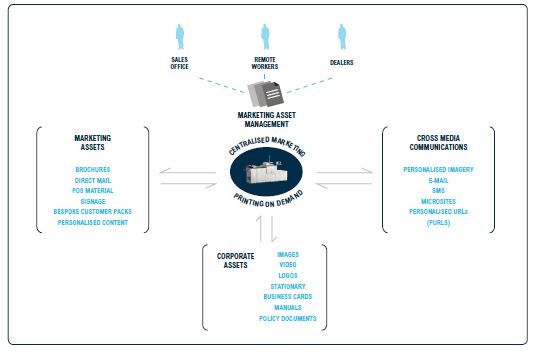
Intelligent Marketing Overview
For a PSP, MarcomCentral offers its clients “evolution in a box”. It enables the PSP to offer a service to its clients that helps them control their brand, manage branding challenges and solve highly complex branding dilemmas – avoiding issues like rogue marketing, pre-printed stationery costs and much more.
MarcomCentral allows the PSP to offer clients their own branded portal offering both static and customisable assets. These are configured in the portal by the PSP via templates that allow the brand to lock down corporate elements (logos, colour schemes, etc.) but allow customisation of other specified areas. Templates can include print, direct mail pieces, PowerPoint, email and video assets.
These assets are presented within the portal to registered users using an intelligent menu-driven user interface, ensuring that incompatible selections are not possible. Items can be customised (within the boundaries defined), previewed and then either downloaded locally (if authorised) or ordered via the integrated e-commerce module. Print orders are routed to the PSP and other items (such as apparel) are routed to alternative suppliers that the PSP manages. It is a true marketing service offering managed by the PSP.
This is reinforced by the Danish client BordingLinks who purchased and installed MarcomCentral in 2015 from Ricoh. Mads Busk (IT Manager) explains as follows:
“By providing the means for our customers to manage their marketing assets, we have made it easier for them to do business with us. We are now engaged earlier in the process and, controlling the workflow, we are winning more of our customers’ business.”
Find out more

Graham Moore -Director Business Development, Ricoh Europe
At drupa 2016 Ricoh will be presenting a range of solutions and applications, including MarcomCentral, showing print service providers how they can work with their key corporate clients to help them solve their complex brand compliance challenges – and “open new worlds” for their own business to evolve from just print based offerings to broader marketing based services.
http://www.ricoh-europe.com/open-new-worlds/












